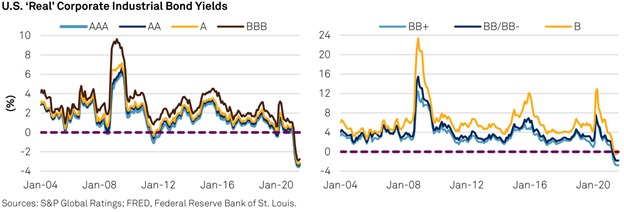Some
profitable companies would still pay no taxes under Democrats’ plan
The Democratic proposal approved this
month by the House Ways and Means Committee would sharply raise taxes on U.S.
corporations, and business groups are working hard to defeat it. The
legislation would
increase the top corporate tax rate to
26.5% from 21%, and remove many benefits of booking profits in low-tax foreign
countries.
The bill, however, doesn’t touch the
main reasons why profitable companies sometimes don’t pay taxes, including
accelerated depreciation of investments and tax credits for activities such as
research and development.
The legislation also expands tax
credits for clean energy and low-income housing in ways that could allow some
companies to move from paying little to paying nothing.
The bill moving through Congress
represents an explicit choice by Democrats to tolerate some zero-tax companies
and steer tax advantages to companies that engage in favoured activities.

To a man with a hammer, every problem
looks like a nail. To the Federal Reserve, every problem is met with more
liquidity. Unfortunately, the Fed has little control of where this liquidity
goes. First, it went into equity markets, fueling an outright equity
bubble. Then it overflowed into private equity and venture capital, creating
demons there as well. Then it overflowed into “meme stonks” Not satisfied with
the damage wrought on the financial economy, liquidity began overflowing into
the real economy. There’s currently an epic housing bubble that’s leading to
increasing wealth inequality and polarization.
Now, this liquidity is overflowing
into the everyday economy—assuming you can even find the item you seek. In the
past, only hard money zealots complained about the gradual creep of inflation—today,
everyone feels it and has their own story. Everyone is painfully aware that
inflation is present and likely to stay.
Could
the bubble in duration assets (like high-multiple tech and Ponzi) finally be
over? Could the bubble in inflation assets just be starting? Could the unwind
of both historic extremes be unusually violent, as so much of the world’s
capital is leaning the wrong direction?
Climate
change ETFs found to be undermining war on global warming
Climate-focused investment funds are
undermining the fight against global warming by routinely engaging in greenwashing,
academic research suggests. Worse still, these ETFs keep capital away from
sectors that are actually at the heart of the transition to a cleaner economy.
“Since considerable investment is
necessary to ensure electrification of the economy and decarbonisation of
electricity, underfunding of this sector in climate-aligned benchmarks, which
can correspond to a reduction in capital allocation of up to 91 per cent, would
constitute the most dangerous form of portfolio greenwashing,” said Felix
Goltz, co-author of Doing Good or Feeling Good? Detecting Greenwashing in
Climate Investing.
“The key issue is not how to restrict
investment in these industries, but rather, how to make sure that these
industries invest in technology that allows them to produce needed goods and
services with minimum release of greenhouse gases,” he argued.
The findings come as investors have
poured money into funds that claim to improve the world. The assets of
self-proclaimed “sustainable” funds tripled between the end of 2018 and
mid-2021 to $2.3 trillion, according to data from Morningstar.
Belize
leans on coral reefs to drive bargain with bondholdersBelize is inching towards a deal with international bondholders after
admitting it cannot afford to pay back its debt, and is counting on an unusual
asset to help: its coral reefs.
Earlier this month the Caribbean nation, with its tourism-heavy economy
ravaged by the pandemic, agreed to buy back its only international bond from
investors at a huge discount, using cash lent by the Nature Conservancy, a
US-based environmental group. As part of the deal, Belize will pre-fund a
$23.4m endowment to support marine conservation projects on its coastline, home
to the world’s second-largest barrier reef
If Belize can achieve the approval it needs on this $530 million bond,
the country could secure the first green-tinged debt restructuring,
capitalizing on the hunger among big fund managers to demonstrate their
commitment to environmental, social and governance-driven investing.
Investors and advisers believe the agreement could serve as a template
for future restructuring talks, in which cash-strapped nations use the promise
of environmental conservation to drive a harder bargain — in effect creating a
mechanism for investors in rich countries to pay poorer nations to protect the
natural world.
Podcast:
Dan Wang explains what China's tech crackdown is really all about
Over the last several months, Chinese
authorities have undertaken a sweeping campaign of change. We've seen
crackdowns on big tech and fintech companies (like Ant Financial and Didi),
online education companies, and now even the playing of video games. Investors
in key sectors have been clobbered by these new rules.
































